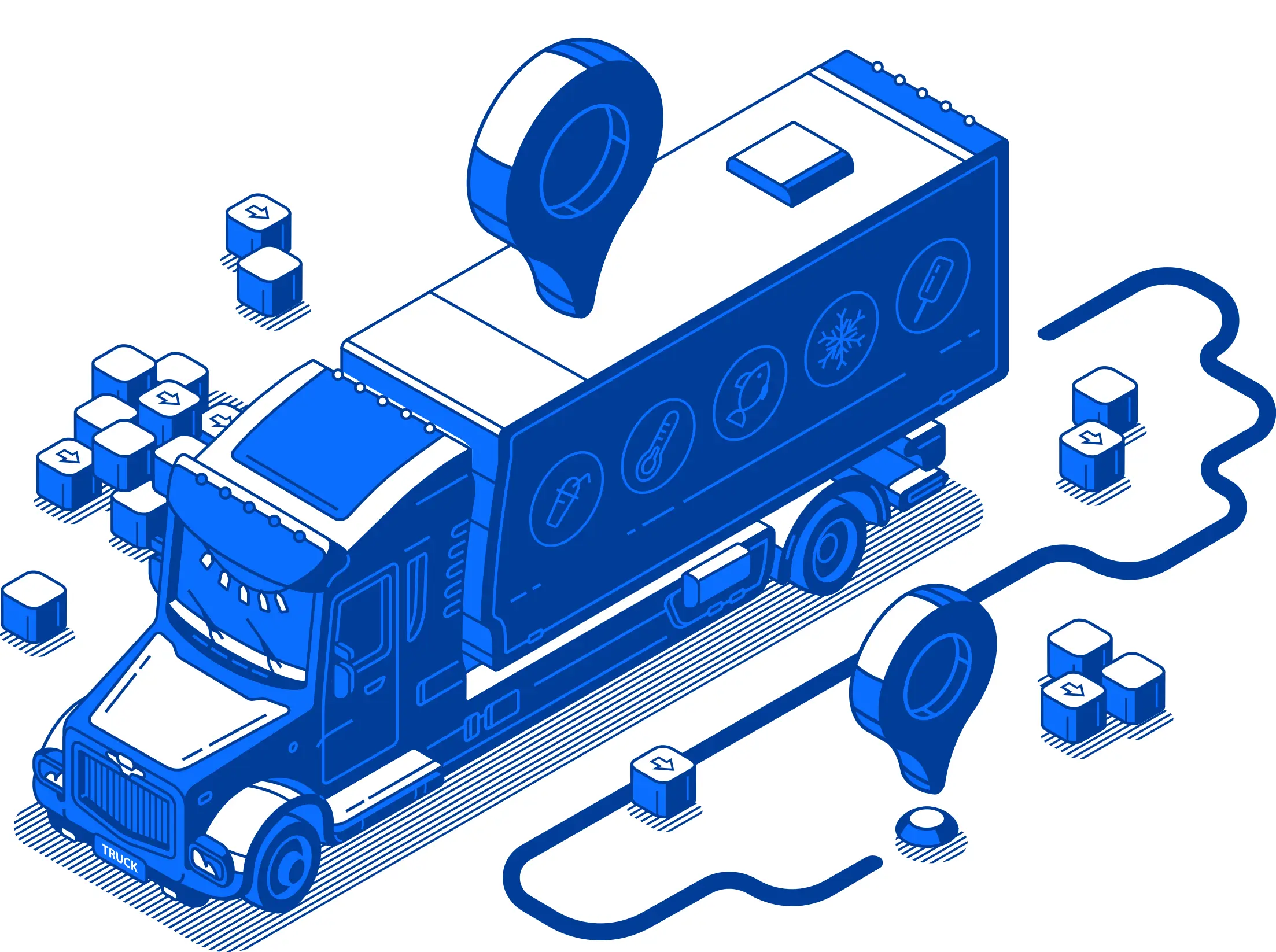In the first half of October, six freight/shipping companies filed for bankruptcy. Among the most common reasons for their financial challenges are:
Decline in freight volume
Increased fuel costs
Poor cash flow
Rising insurance costs
Unaffordable equipment loans
Unpaid invoices
Cash flow is a problem in the trucking industry that is fixable with freight factoring. If you’re getting paid late or not at all, it strains every corner of your business finances. You need to have a plan in place for handling cash flow challenges as an independent trucker.
Challenge #1 – Delayed Accounts Receivables
When you bill a broker or shipper, they usually use net-30, net-45, or net-60 terms. That means they don’t have to pay you for 30, 45, or 60 days. When you have fuel expenses, equipment loans, business expenses, wages, insurance, licenses, taxes, travel costs, and many other bills to pay, waiting isn’t ideal.
A late fee on a business credit card may be upwards of $40 to $50. The national average is $39. If you pay your credit card late each month, that $39 late fee costs you $468 by the end of the year. That doesn’t add the additional interest you’re paying each month.
You could keep drawing from savings to cover the expenses, but what happens if there’s a serious issue with a truck. Tires for a semi cost up to $600 each, and that’s just the tire. You have the cost of installation and balancing. A blown engine costs $20,000 to $40,000 to replace, at which point a new truck might be a better option, but that’s a lot of money to spend.
Your options become to take out a loan and deal with whatever the current interest rate is. Or, you could investigate freight factoring, a service where you sell your invoices to a third party. The freight factoring fee is usually under 5%, so it’s better than a loan or credit card, but there are things you must consider.
The biggest consideration is the risk of your client never paying. Freight factoring requires your client to pay the invoice when it’s due. If they don’t, you need to repay the money you received in advance. However, there are freight factoring arrangements, known as non-recourse agreements, that protects you from having to repay in certain situations.
You might offer a small discount to your client in exchange for faster payments. For example, you offer a 2% discount if the client pays you within five business days. That’s one way to get paid quickly, but not every client will accept these offers. Most are waiting to be paid by manufacturers and can’t pay you until they’re paid.
Challenge #2 – Fluctuating Operating Costs
One of your biggest business expenses is fuel. In many regions of the U.S., gas prices are slightly lower than they were last year. However, they’re higher on the West Coast. Diesel costs are higher in all regions except the Rocky Mountains. Fuel is one of your biggest expenses.
You have other business expenses to consider. Tolls, food costs, GPS software, route planners, taxes, wages, and loans are also weighing on independent truckers. You need to pay yourself a living wage and cannot shortcut that. If you’re lowering your income to cover your mortgage, rent, utilities, and other expenses, it’s a problem.
You need to make sure you have a strong cash flow to make sure you have the money needed for those expenses. Fuel discounts are one way to keep your fuel costs as low as possible. For each gallon you purchase, you can get the fuel for a lower per-gallon price.
Route planning is equally important. When you’re getting from point A to point B as efficiently as possible, you don’t use as much fuel. This means more money staying in your business.
Carefully plan routes so that you don’t have empty trailers on the return from a haul. Load boards help you fill trucks so that you’re making money there and back. Look for routes without construction or excessive tolls.
Challenge #3 – Regulatory Burdens
Regulations are part of the trucking industry. Trucks need to be insured and registered with the state. Certain trucks might require heavy use tax (HVUT) requirements. If you drive hazmat loads, you need hazmat permits and training. All of this costs more, but it also pays more.
As an independent trucker, you’re responsible for your quarterly estimated taxes. Make sure you have the money available for these taxes that are typically due on or near January, April, June, and September 15th. Instead of draining your savings each quarter, have a separate savings account just for estimated taxes. Don’t touch that money for any reason.
Shop for the best insurance rate each year. Auto-renewals are convenient, but you’re at the mercy of the insurance company’s rates. Shop around and get the best rate by making companies compete to get your business.
Use accounting software to simplify your business’s bookkeeping. Freight factoring apps and software often coordinate with accounting software to make it easy to budget funds and track your expenses to ensure you’re maximizing savings.
Challenge #4 –Unexpected Repair and Maintenance Costs
Unexpected repairs or maintenance cost increases make it hard to maintain a strong cash flow. If the cost of motor oil increases, the oil changes your trucks require will now cost more.
Maintenance is the best way to keep your trucks in top shape. When you have mechanics checking trucks over, changing automotive fluids often, and making sure everything works, emergency breakdowns are less likely.
Saving money is ideal, but it shouldn’t come at a cost. Waiting to replace a tire that has low tread could lead to a crash that totals your truck. Spend the money on a simple repair and avoid costly ones.
Each time you complete a job, set aside 20% or so into a special fund that’s only for maintenance. If you end up with a good cushion, you have the money to cover emergency repairs in the future.
You also need to be realistic. If you’re driving an older truck that breaks down each month, it’s a good time to look for a newer truck. In addition to being more reliable, newer technology also helps lower insurance costs. The insurance savings help pay off the cost of the new equipment faster than you might expect.
Freight Factoring Solves Many Financial Struggles
Even when your expenses fluctuate from month to month, you don’t have to struggle to keep your business afloat. Emergencies don’t have to break your business. Freight factoring helps you maintain a steady cash flow throughout the year. This isn’t a loan, and it doesn’t count against your credit score.
Here’s a quick breakdown on how freight factoring works:
Complete a job for your broker or shipper partner.
Send the completed bill of lading to your freight factoring partner.
The factor processes your request after looking at the broker or shipper’s credit history and your contract.
If approved, payment (minus the factoring fee) is made as soon as that afternoon.
Saint John Capital offers same-day payments, which is one of the best ways to start getting paid quickly and maintain a steady cash flow. We also offer helpful services like fuel discounts and line of credit loans with lower interest rates. Give us a call or reach out online to get a free rate quote and to learn more.











